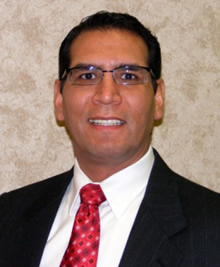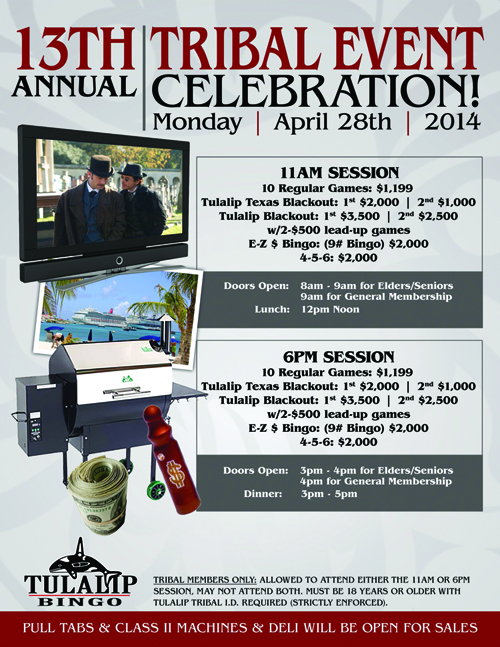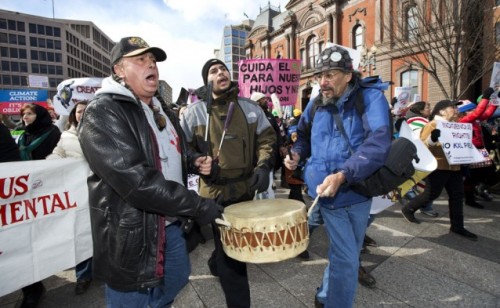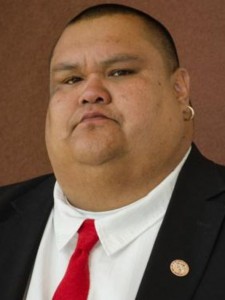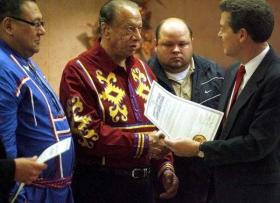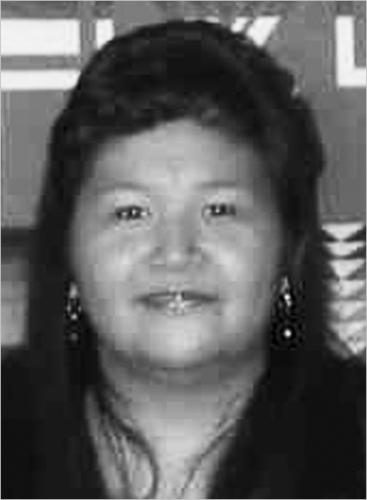A new tribal Internet gaming consortium is steadily taking shape as part of growing movement of such efforts that are sure to capture the attention of federal regulators and, probably, the courts.
The effort, called the Tribal Internet Gaming Alliance (TIGA), is pursuing what organizers say is the most conservative approach of a recent batch of tribal online gaming pioneers that include the Inter Tribal Gaming Association (ITOGA), founded by several already successful California, Michigan and Oklahoma gaming tribes, and Great Luck LLC, championed by the Alturas Indian Rancheria Tribe of northern California.
“We have immediate, short-term, and long-term goals,” says Jeffrey Nelson, a lawyer with the Indian affairs firm Kanji & Katzen who has played a major role in organizing the TIGA endeavor over the past year. “Immediate: A networked virtual currency play platform where tribes will not have to share their player databases, yet can benefit from shared costs and attract online players into their casinos. Short-term: Development of class II real-money games (poker, slot-like bingo and traditional bingo) where TIGA will take bets from the collective gaming eligible Indian lands of our member tribes. Long-term: Better ability to lobby and compete in statewide, national and international online gaming markets.”
Rather than making an immediate large cash profit, TIGA organizers want to establish a coalition of tribes pursuing the likeminded-interest of shaping federal Internet gaming policy. With signals coming frequently from legislators in Congress indicating they want to tinker in this field, TIGA organizers think the right approach is to have a foot in the water, while not rocking the boat.
Small tribes that have not been able to establish major gaming enterprises to date may be especially interested in joining TIGA, Nelson says, for the relatively safe leverage it provides in getting involved in this field without much legal risk at zero cost to join.
As opposed to ITOGA and Great Luck, TIGA does not plan or even want to take wagers from places that are not in its reservation-based network, which currently includes two tribes, the Lac du Flambeau Band of Lake Superior Chippewa Tribe and the Bad River Band Chippewa Tribe. Six council representatives from the two tribes have elected Duane Chapman from Lac du Flambeau as the TIGA Interim Chairman—an interim title because the group does not yet have the three tribes necessary in TIGA’s treaty to make its business committee formally operational.
“Geofencing technology is robust enough to allow TIGA to take real-money bets only from the collective gaming eligible Indian lands of its member tribes,” Nelson says, noting that geofencing refers to different types of technology where platform operators can verify the physical location of the customer, whether that person is sitting at a desktop or on a mobile device; some examples are GPS, cell phone signal triangulation and ISP identification. “With that comes the ability to fence certain areas where you either will not take bets, or conversely where you will only take bets,” he adds. “So TIGA can have a database of gaming eligible Indian lands of its collective member tribes, and [it can] take bets only from customers who are physically present within those areas.”
TIGA also has some international ideas brewing. Letters of support for the alliance have already come in from the Isle of Man and the Kahnawake Gaming Commission in Canada, which means that tribes in TIGA could have avenues of performing gaming within these nations in the future.
Some tribal Internet gaming entrepreneurs and even tribal leaders have questioned why TIGA is choosing a long-term approach to taking part in an online gaming field that is ripe for development right now.
Nelson responds that TIGA is operating under the current parameters of federal law, while also preparing to help shape and compete in any new legislative initiatives.
“If there are any legal challenges, I would expect to win them,” Nelson says. “We are offering a way for tribes to get involved and get ahead of the competition without jeopardizing anybody’s gaming license or future ability to get a gaming license in other jurisdictions.”
Nelson says that it was important to tribal organizers that tribes in TIGA also be able to participate in other Internet gaming activities, and they may belong to groups like ITOGA and Great Luck as well.
Like TIGA, ITOGA and Great Luck organizers believe they are operating within the parameters of the law, yet they are admittedly taking more chances than TIGA.
Lee Helper, an organizer with Great Luck, explains that the class II games his venture offers are available to “anyone anywhere” and “do not have to be on Indian lands.” Great Luck organizers think they are legally sound in offering this service because their online gaming servers are located on sovereign Indian lands, and the games they offer are all web browser accessed and electronically enabled.
ITOGA, meanwhile, has built itself up based largely on the four tribal safe harbor provisions of the 2006 Unlawful Internet Gambling Enforcement Act (UIGA). Like Great Luck, ITOGA depends on Internet servers based on Indian reservations, and for a while it intended to it go farther by accepting wagers as loan transactions through tribal-owned payday lending operations. But as scrutiny of the tribal payday lending field has increased, ITOGA decided to shelve that plan, according to a November article in the Washington Post.
Rob Rosette, a lawyer for ITOGA, has made the case that since the federal government has not explicitly said that tribes cannot operate class II gaming over the Internet—and the UIGA provides a path for doing so—it is worth being aggressive here.
Still, some Congress members appear unhappy with the early Internet gaming efforts of both tribes and commercial entities. Sen. Lindsey Graham (R-South Carolina) and Rep. Jason Chaffetz (R-Utah) recently introduced bipartisan legislation that would reestablish the 2006-11 federal interpretation of the 1961 Wire Act. Under that interpretation, licensed online gambling in states including New Jersey, Nevada, and Delaware would become illegal. Joe Valandra, CEO of Great Luck, said in a press release that tribal jurisdiction over class II games could be “severely compromised” as well if the bill were passed.
In light of such hurdles, Nelson says TIGA members are happily taking the safe road, yet he notes that it has taken longer than he expected to get three tribes to sign on as founding treaty members.
“Tribes are being careful and doing their due diligence,” Nelson says. “[I]n Indian country, if something seems too good to be true, it probably is.”
Read more at http://indiancountrytodaymedianetwork.com/2014/04/02/internet-tribal-gaming-group-tests-waters-154292

